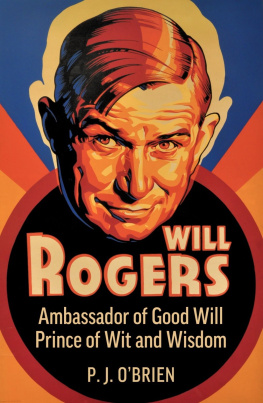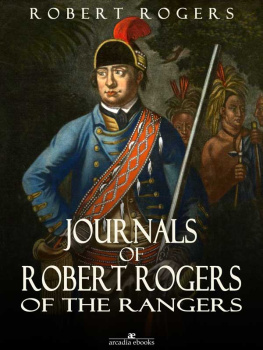Wildcat to Domestic Mousecatcher
When humans first evolved, they found themselves sharing their world with other animals that engaged their attention as threats, as rivals and as food. But along with these practical concerns, they were impressed by the superior strength, speed, sensory acuteness, and precise coordination they saw in so many of the animals. When humans began to express themselves artistically, in the late Paleolithic era, they drew hunts of large animals on the walls of caves. Animals fascinate us because we recognize in them consciousness, sensations, drives, and emotions like our own yet at the same time they remain sufficiently alien that we can never hope to fully understand and communicate with them. The relationship became closer when people began to domesticate animals, starting with the dog about 14,000 years ago. They came to know these animals in a more personal way and developed deep affection for some of them, although the systematic use of creatures under their control could lead to ruthless exploitation. No matter how fond people may be of particular animals, they tend to take for granted a right to treat them as they like and use them as is convenient.
It was natural for people living in close contact with animals to look at them in human terms; comparisons usually worked to the animals disadvantage, since it was humans who made them. People projected onto other animals the physical appetitesthat they did not want to recognize in themselves dogs are dirty, pigs are greedy, goats are lustful. They branded donkeys as stubborn and stupid because the animals did not always comply with their masters unceasing demands. Even though they loved dogs more than any other animal companions, they tended to see them as inferior and appropriately less privileged versions of humans think of the common epithets dog, cur and bitch and expressions like in the doghouse and not fit for a dog.

Ink sketches of cats in motion or at rest by Leonardo da Vinci, c. 1510s.
Cats, the last of the familiar domestic animals to be domesticated, have fared better than most. They have not been exploited, for people kept them to do work catching rodent pests that they spontaneously enjoy doing. Although they have been made emblems of sexuality, the sexuality they represent is often attractive. Their self-contained aloofness saves them from being patronized as dogs are. The same aloofness led people to credit them with uncanny abilities, which ensured them a certain respect.
On the other hand, it could lay them open to superstitious persecution: cats were commonly suspected of complicity with the devil in medieval and early modern times. Often, however, this suspicion was less the result of ideological belief than a pretext for tormenting them. Cats were readily available and esteemed of negligible value, for they did not win affection by fidelity like dogs or make substantial contributions to human welfare such as the meat of pigs and the labour of oxen. Therefore they were handy objects for organized cruelty or casual sadism. At annual ceremonies in many places, cats were burned alive to expel evil from the community. Idle soldiers in Kilkenny would amuse themselves by tying two cats together by the tail, hanging them upside down, and watching them claw each other frantically to get free; these were the originals of the
Such callousness seems hard to believe in these times, when cats have come to be widely accepted as pets and valued as attractive and agreeable friends. But it is only during the last three centuries that cats have joined dogs as companion animals and members of the family. Nowadays, any references to cats supposed uncanny powers or connection with witches are playful and affectionate. Their refusal to defer to humans like other domestic animals, which seemed wickedly insubordinate in earlier centuries, is now taken as evidence of self-respecting independence.
The paleontogical history of the cat can be traced back to the great diversification of mammals in the Paleocene epoch, at the beginning of the Cenozoic era, over 60 million years ago. The first members of its order, Carnivora, were miacids, tree-dwelling creatures that looked like pine martens and were about 20 cm (8 in) long. They did have the carnassial teeth that distinguish the Carnivora, a pair of sharpened cheek teeth that are aligned so as to work like shears in slicing meat off bone; but they had a full complement of other teeth as well and probably ate a mixed diet. For 25 million years, the dominant mammalian flesh-eaters were not Carnivora but creodonts, who also have carnassial teeth, but less efficient ones. They died out, perhapsbecause the miacids were better able to adapt to changing conditions.
True cats evolved from the miacid lineage about 30 million years ago; the earliest one is Proailurus, which weighed about 9 kg (20 lb) and resembled the modern fossa of Madagascar a lithe animal of the civet family that hunts by leaping from branch to branch in the trees.














